Turf Toe Overview
Turf toe is a painful medical condition in which the big toe is bent upwards more than normally. It occurs as a consequence of trauma. The ligaments which connect the foot to the big toe are damaged. Turf toe can result from the injury during different sports activities such as basketball, soccer and rugby.
Still this type of injury actually the most commonly affects football players. Even though the injury has not been considered very serious the patients who have suffered from turf toe do complain about the symptoms even 5 years after the injury. There is several variations of the injury and they are classified according to the structures which are affected. This is why proper diagnosis determines whether patients are going to be treated conservatively or they are perfect candidates for surgery.
Professional athletes may prevent injury to certain extent if they wear proper sports shoes which are of excellent quality and made especially for particular surface. This mainly refers to football players.
The term turf toe, was initially coined by Bowers in 1976 when reporting 27 such injuries after the installation of first-generation artificial turf at the University of West Virginia. At that time, the authors concluded that the injury was imparted by the combination of a stiff playing surface and relatively flexible footwear.
- A review over 5 seasons from 2004 to 2009 in American college football players revealed turf-toe was 83% of all reported injuries with approximately 5 turf-toe injuries per team per year. They did find significantly higher rates of injury in Division I vs. Division III, actual games versus practice (13x), and artificial turf versus natural grass with 85% of injuries occurring on artificial turf
- The most common mechanism of injury involves the foot plantarflexed and fixed to the ground with the ankle in equinus. When an axial load is applied to the ankle, commonly by another player falling onto the ankle, the MTP is driven into hyper-extension and the plantar joint capsuloligamentous structures are put under tension.
- Grade I injuries are characterized by stretching of the plantar capsule with minimal symptomatology. Grade II injuries include partial tears that are often accompanied by moderate pain and swelling. Grade III injuries involve a complete tear of the plantar capsule with significant tenderness and swelling. Grade III injuries nearly always have a positive dorsal drawer exam.
- Waldrop reported on 15 high-level athletes that underwent surgical repair for grade III turf toe. At an average of 28 months postoperatively, the VAS pain scores at rest and during activities were less than one. The average return to play was 16.5 weeks, with all athletes participating with a custom insole and one patient required reoperation do to continued pain.
In 2002, Anderson report on 19 high-level athletes with turf toe with 9 of 19 undergoing operative repair. Seventeen of nineteen returned to full athletic activity with 0 complications. Drakos presented 3 cases with 2 being treated surgically over a 4-year period. Each athlete was able to return to play high-level football at approximately 6 months.
Clanton reported on 20 cases with an average 5-year follow-up and found that nearly half of patients had some degree of persistent pain and stiffness in the hallux.
Symptoms and Signs of Turf Toe
The injured patients complain about the pain, restriction of movement and tenderness of the injured area. The toe and its joint are swollen, red and bruised. Therefore, the injured person has to limp. The intensity of pain depends on the intensity of the injury.
In some cases symptoms of turf toe may develop gradually. This injury most commonly affects young athletes who are trying to increase their performance.
If a direct injury is a cause of this medical condition the symptoms develop rapidly and worsen over the first 24 hours.
Conventional Treatment and Surgery for Turf Toe
The doctor will take X ray of the injured area to rule out injury of the bones.
Conventional treatment starts with immediate application of cold compresses onto the injured area. Compresses may be fixed with a bandage. These two activities help with reduction of swelling. The patient's leg is elevated. Also all the injured patients are advised to use crutches for a while to help the process of healing and reduce the pressure onto the injured toe.
The patients are also given painkillers such as nonsteroidal anti-inflammatory medications.
Surgery is performed only to repair the damage of the ligaments or joint capsule of the injured toe. Not all the patients are operated. Even those who suffer from chronic symptoms long after the surgery are excellent candidates for the surgery. In some cases, the goal of a surgical procedure is to remove bone spurs that have formed near the big toe. Bone spurs may occur as a consequence of the injury.


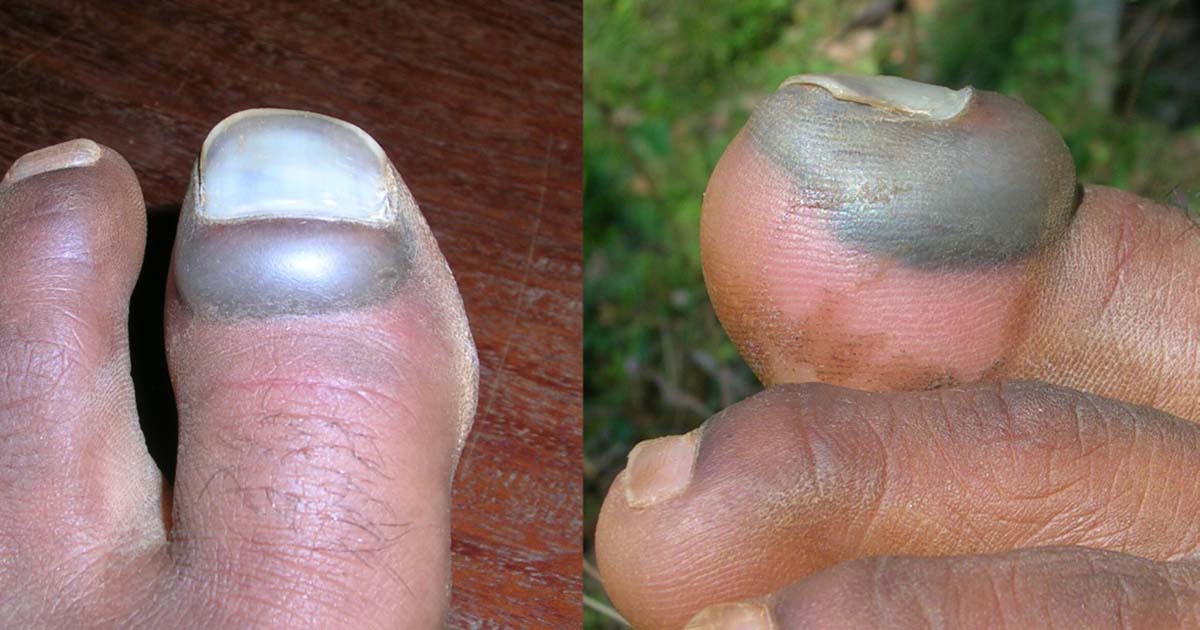




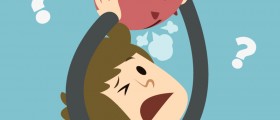

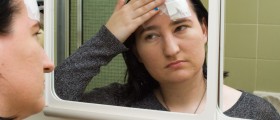




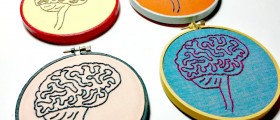

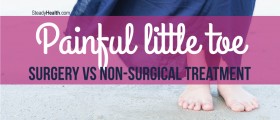

Your thoughts on this
Loading...